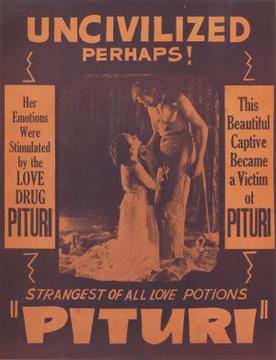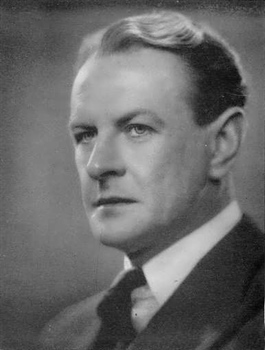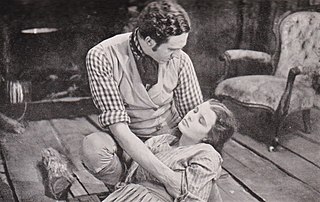
Sir Charles Edward Kingsford Smith, nicknamed Smithy, was an Australian aviation pioneer. He piloted the first transpacific flight and the first flight between Australia and New Zealand.

Margaret Mary Day Lockwood, CBE, was an English actress. One of Britain's most popular film stars of the 1930s and 1940s, her film appearances included The Lady Vanishes (1938), Night Train to Munich (1940), The Man in Grey (1943), and The Wicked Lady (1945). She was nominated for the BAFTA Award for Best British Actress for the 1955 film Cast a Dark Shadow. She also starred in the television series Justice (1971–74).

Smithy is a 1946 Australian adventure film about pioneering Australian aviator Sir Charles Kingsford Smith and his 1928 flight across the Pacific Ocean, from San Francisco, California, United States to Brisbane, Queensland, Australia. This was the first-ever transpacific flight. Kingsford Smith was the pilot of the Fokker F.VII/3m three-engine monoplane "Southern Cross", with Australian aviator Charles Ulm as the relief pilot. The other two crew members were Americans James Warner and Harry Lyon.

Marrickville Council was a local government area located in the Inner West region of Sydney, Australia. It was originally created on 1 November 1861 as the "Municipality of Marrickville". On 12 May 2016, Marrickville Council was forcibly merged with Ashfield and Leichhardt councils into the newly formed Inner West Council.

Cinesound Productions Pty Ltd was an Australian feature film production company, established in June 1931, Cinesound developed out of a group of companies centred on Greater Union Theatres, that covered all facets of the film process, from production, to distribution and exhibition.

King Solomon's Mines is a 1937 British adventure film directed by Robert Stevenson and starring Paul Robeson, Cedric Hardwicke, Anna Lee, John Loder and Roland Young. A film adaptation of the 1885 novel of the same name by Henry Rider Haggard, the film was produced by the Gaumont British Picture Corporation at Lime Grove Studios in Shepherd's Bush. Sets were designed by art director Alfred Junge. Of all the novel's adaptations, this film is considered to be the most faithful to the book.

Bundaberg Airport is a regional airport serving Bundaberg, a city in the Australian state of Queensland. It is located 2.5 nautical miles southwest of the city centre, on North Childers Road and Takalvan Street. The airport is owned and operated by the Bundaberg Regional Council. It is also known as Bundaberg Regional Airport.

Mary Maguire was an Australian-born actress who briefly became a Hollywood and British film star in the late 1930s.

Uncivilised is a 1936 Australian film directed by Charles Chauvel. It was an attempt by Chauvel to make a more obviously commercial film, and was clearly influenced by Tarzan.
The Great Barrier is a 1937 British historical drama film directed by Milton Rosmer and Geoffrey Barkas and starring Richard Arlen, Lilli Palmer and Antoinette Cellier. The film depicts the construction of the Canadian Pacific Railway. It was based on the 1935 novel The Great Divide by Alan Sullivan. It was made at the Lime Grove Studios in Shepherd's Bush. The film's sets were designed by Walter Murton.

James Raglan was a British stage, film and television actor.

Heritage is a 1935 Australian historical film directed by Charles Chauvel.

Lovers and Luggers is a 1937 Australian film directed by Ken G. Hall. It is an adventure melodrama about a pianist who goes to Thursday Island to retrieve a valuable pearl.

Rangle River is a 1936 Australian Western film directed by Clarence G. Badger based on a story by Zane Grey.
Clara Gibbings is a 1934 Australian film directed by F.W. Thring about the owner of a London pub who discovers she is the daughter of an earl. It was a vehicle for stage star Dorothy Brunton.
The Magic Shoes is a 1935 Australian short film based on the fairy tale Cinderella. It features the first screen performance by Peter Finch and Helen Hughes, daughter of former Prime Minister William Hughes and was the first dramatised movie to be shot at the National Studios, built to make The Flying Doctor (1936).
Pagewood Studios was a film studio in Sydney, Australia, that was used to make Australian, British and Hollywood films for 20 years.

The Old Bus is a 1934 Australian documentary film about Australian contributions to flying, focusing on aviator Sir Charles Kingsford Smith, and derived from his 1932 book of the same name. The film takes its title from his famous Fokker F.VII/3m monoplane aircraft, The Southern Cross, that Kingsford Smith nicknamed "The Old Bus".
Captain John Overton Cone Orton was a British screenwriter.
The Slaughter of St. Teresa's Day is a play by Australian author Peter Kenna.















